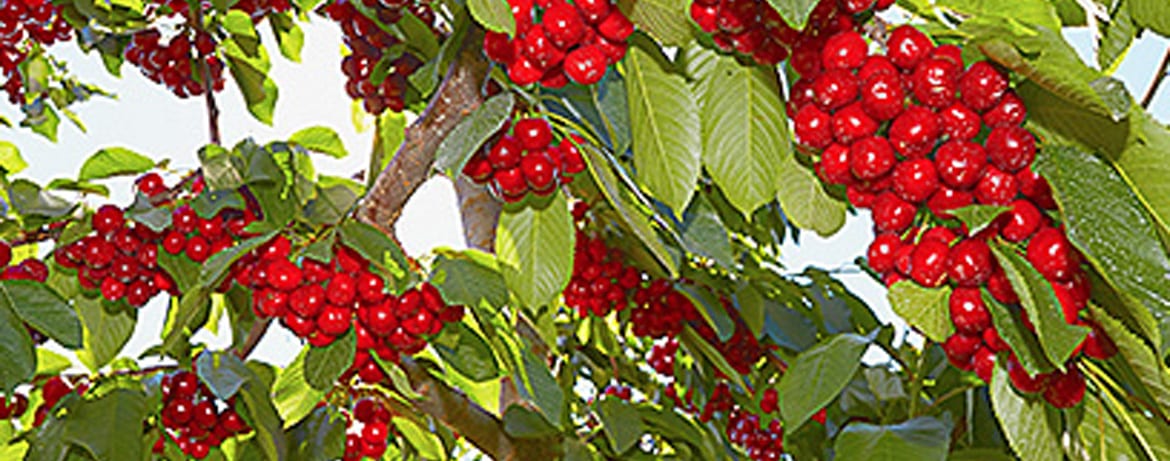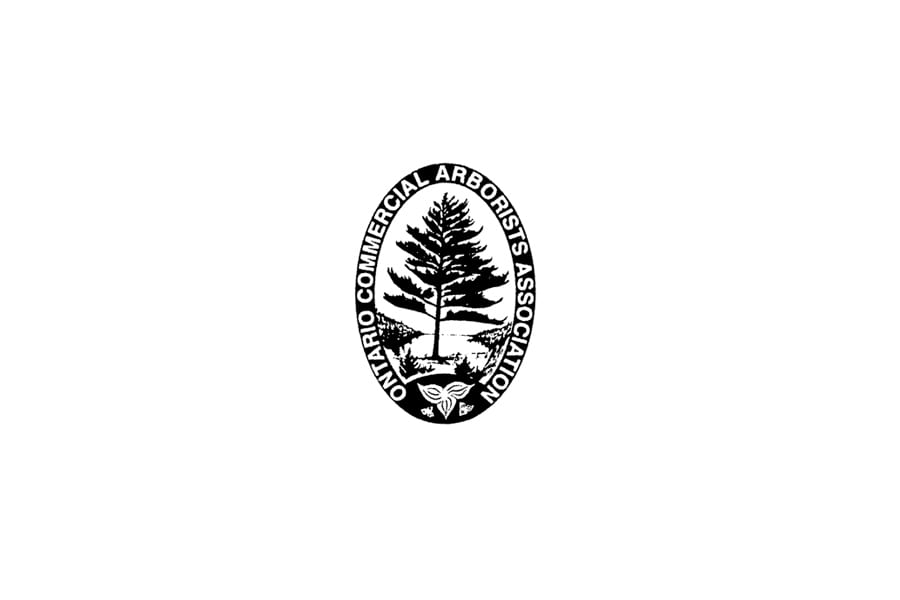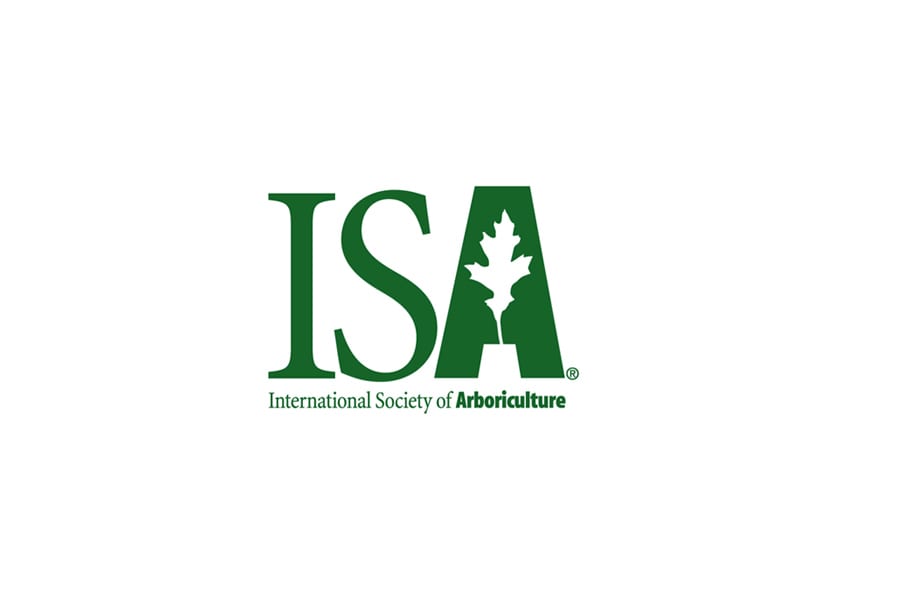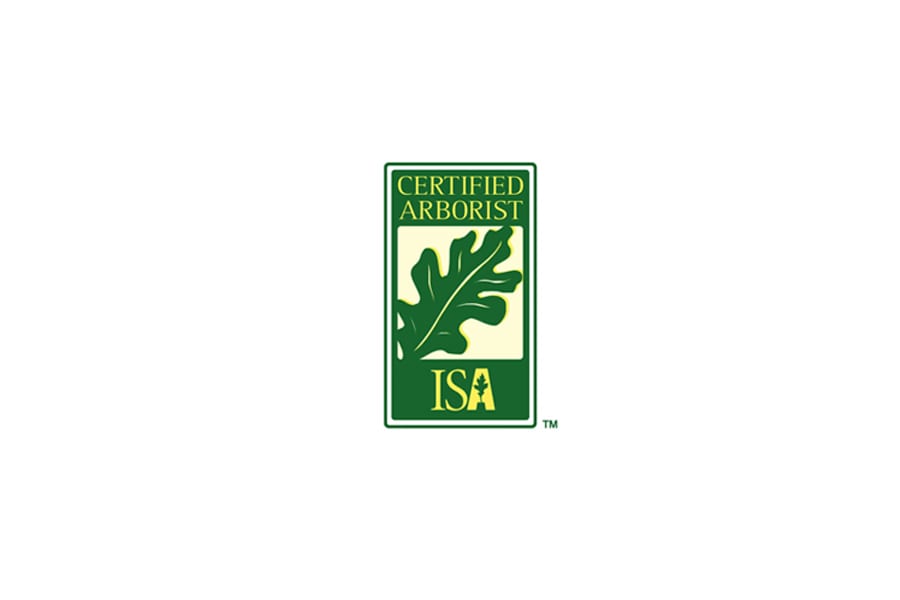
- Aug 10, 2017
- Dreamworks Tree Services
- Tree Care Tips
- 0 Comments
Facts About Growing and Caring for Cherry Trees
Cherry Tree Planting and Care – Questions and Answers for Local Homeowners
One of the indisputable signs that spring has arrived in the appearance of blossoms on the branches of cherry trees. As a general rule, cherry trees are the first of the so-called stone fruits to produce blossoms each year and thus produce their crop earlier than most others as well; consequently, the presence of cherries on supermarket shelves is usually associated with the arrival of summer.
Of course, these annual milestones, so to speak, would not occur without the investment of time and effort by fruit growers and individual homeowners relative to proper cherry tree planting and care. And depending on the type of cherry to be produced, sweet (for eating) or tart (for baking), a good measure of patience will also be needed, since cherry trees must be sufficiently mature to fully bloom before they begin to produce any fruit.
For those homeowners who might want to appreciate both the beautiful spring blossoms and the summertime fruit of a cherry tree or trees in their own backyard, they may likely have some questions in mind about planting and caring for this type of fruit tree. To aid in this regard, the professional tree care experts at DreamWorks Trees Services offer the following information, presented in a question-and-answer format:
- How tall does a cherry tree grow?
- Depending on the species, cherry trees can reach heights of 35 feet or more
- Those producing sweet fruit generally grow taller versus the tart-fruit variety
- How fast does a cherry tree grow?
- Sweet cherry trees usually require 5-7 years before producing fruit
- Tart cherry trees need less time to produce fruit, usually 3-5 years
- Are there other major differences between sweet and tart cherry trees?
- Sweet cherry trees do not self-pollinate, thus at least two trees must be planted
- Tart cherry trees are self-pollinating, so just one tree will be enough in this case
- What is the recommended spacing when planting multiple cherry trees?
- Cherry trees can grow quite large; a separation of 18-20 feet would be ideal
- What time of year do cherry trees produce fruit?
- Cherry trees bloom in early spring and fruit appears in late spring/early summer
- Do cherry trees bear fruit every year?
- Typically yes, provided they have proper pollination, care, and climate conditions
- How long does a cherry tree live?
- Cherry trees are susceptible to insects and disease; their lifespan is 16-20 years
- How does the Southern Ontario climate affect the growth of cherry trees?
- Cherry trees go dormant as the weather gets cooler toward the winter season
- Winter cold keeps trees dormant, stops buds from opening during warm spells
- What are some helpful tips for the proper care of cherry trees?
- Cherry trees should be planted in a rich soil that drains well
- Plant in an open area that provides full exposure to sunlight
- Avoid proximity to trees/bushes that can compete for water
- Spread mulch to help retain moisture and limit weed growth
- Water regularly (weekly for new trees); fertilize early spring
- Prune mid-summer when conditions are dry (never in winter)
- How do you grow a cherry tree from seed?
- Wash fresh cherry pits in warm water and scrub them free of clinging fruit
- Spread to dry (3-5 days) then refrigerate in a sealed container (10 weeks)
- At room temperature, plant 2-3 seeds per small container; water regularly
- When seedlings are 2” tall, plant outside 20 feet apart (after frost is gone)
Many homeowners may enjoy the challenges of growing their own cherry trees, whether from seed or by obtaining them from a reliable nursery, and could be quite comfortable in their abilities to plant them properly and to provide subsequent adequate care. On the other hand, those who prefer to simply appreciate the yields of these trees may elect to use the professional tree planting and tree care services offered by the experts from DreamWorks Tree Services.
Expert Cherry Tree Planting and Care to Optimize Tree Health and Production
 Though there can be a considerable amount of personal satisfaction in being responsible for the health and eventual output of cherry trees, achieving any such results needs an investment of time and effort as well; sometimes, and despite the best of intentions, the homeowner simply cannot commit that necessary time and effort on a consistent basis.
Though there can be a considerable amount of personal satisfaction in being responsible for the health and eventual output of cherry trees, achieving any such results needs an investment of time and effort as well; sometimes, and despite the best of intentions, the homeowner simply cannot commit that necessary time and effort on a consistent basis.
Therefore, utilizing a professional tree care services provider could be the ideal solution for those who want to grow and enjoy their own cherries but just do not have the time, equipment, or the disposition to carry out all essential tree care actions on a regular and timely basis.
DreamWorks Tree Services has the knowledge and expertise that homeowners can trust to ensure suitable cherry tree planting and care, and in turn, enhance overall tree health and cherry production; this support can include recommendations with respect to:
- Site selection on the property
- Proper spacing of multiple trees
- Pruning- proper timing and methods
- Storm damage prevention and mitigation
- Issue resolution re: bloom or fruit production
Visit to learn more about the range of tree planting services provided by the specialists at DreamWorks Tree Services.
For all your cherry tree planting, care, and/or maintenance needs, call the experienced professionals at DreamWorks Tree Services today at 647-793-8903 or contact us to request a free property assessment and a no-obligation quote.











